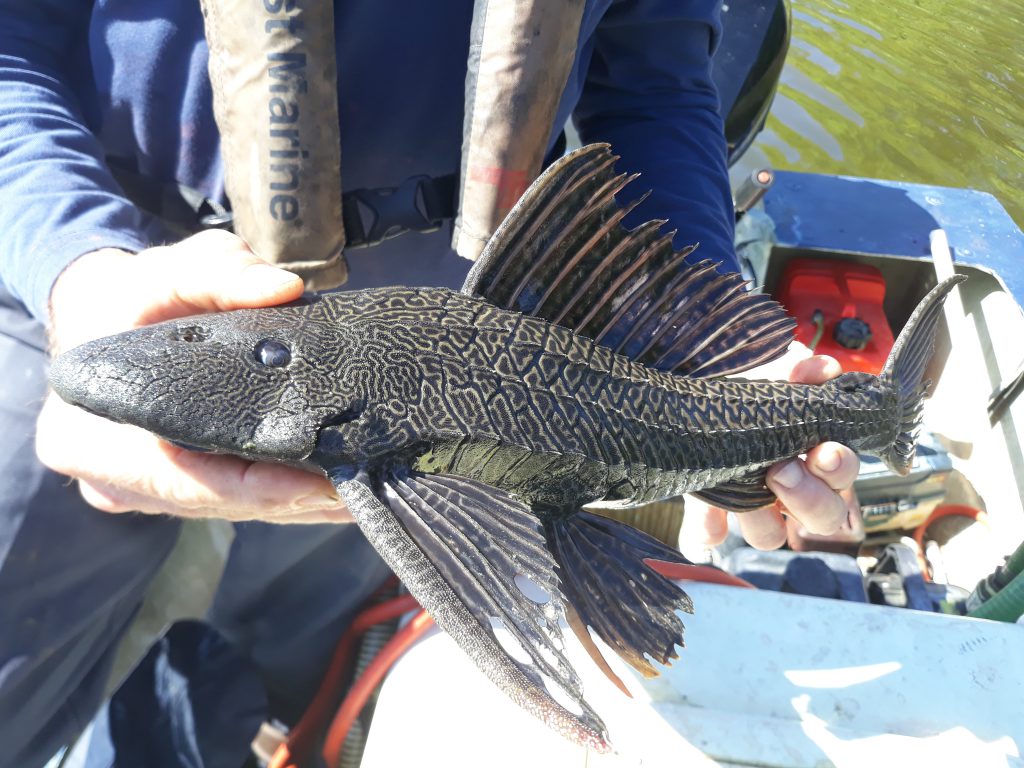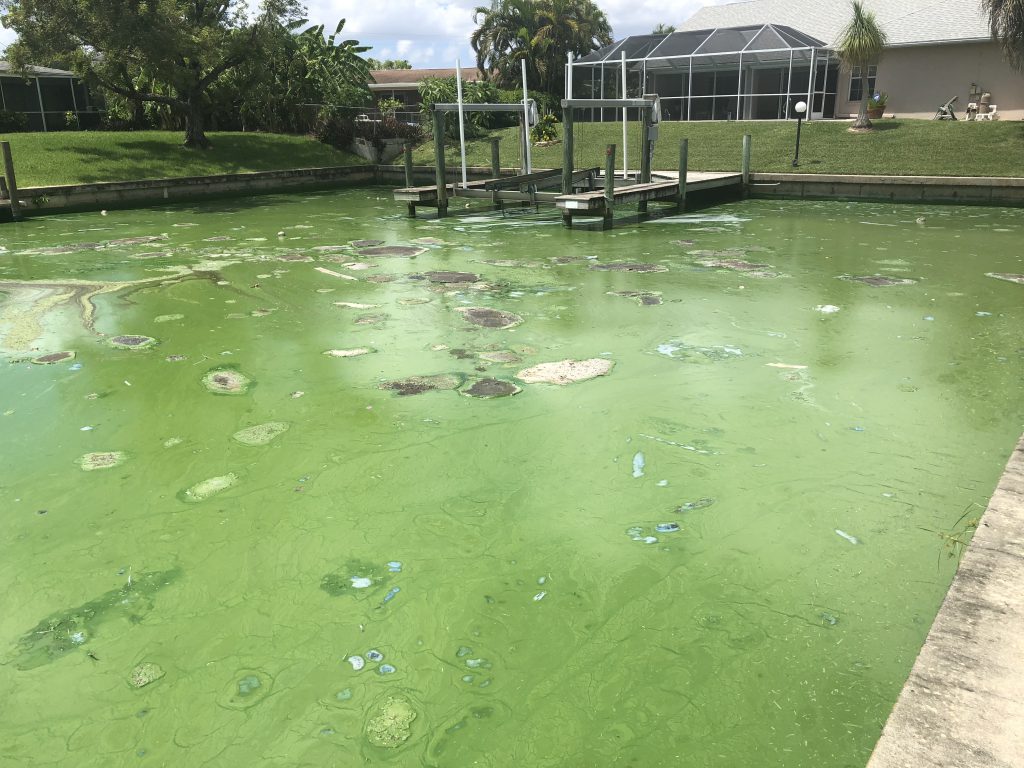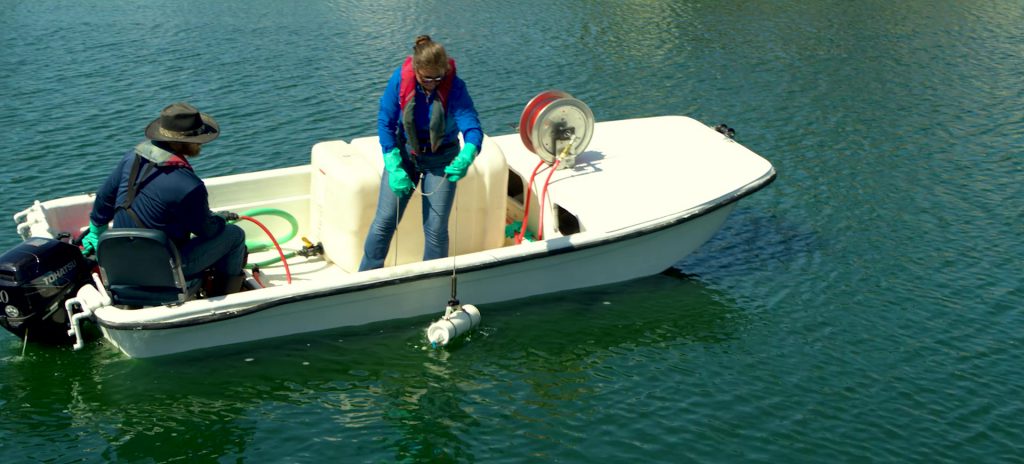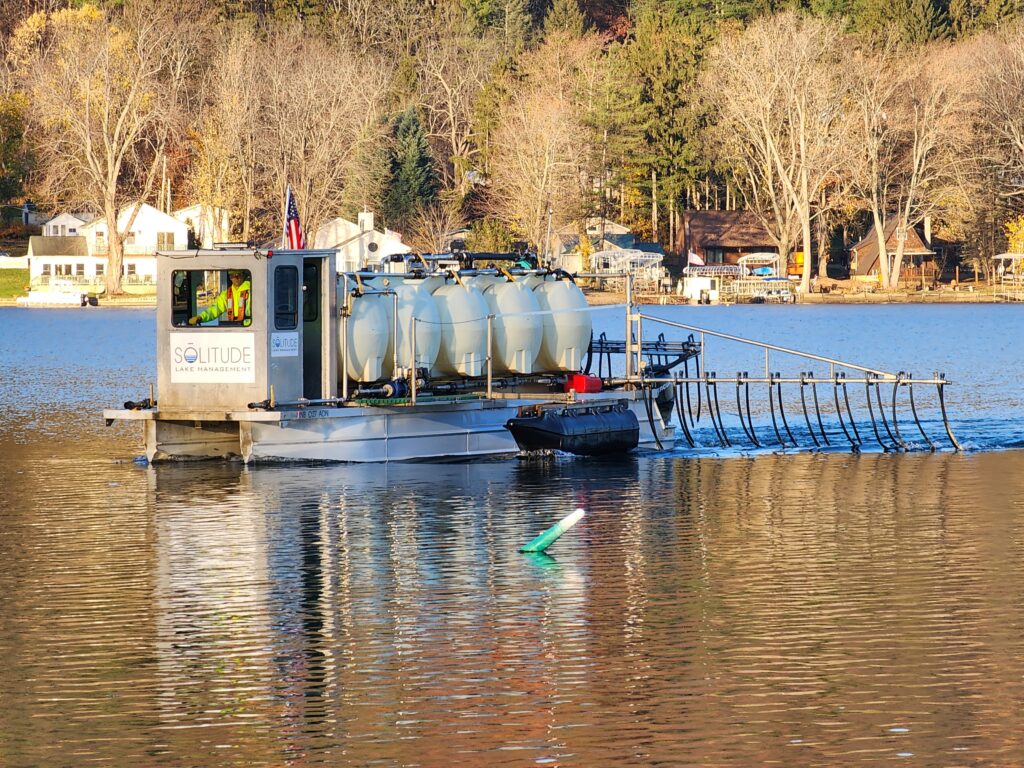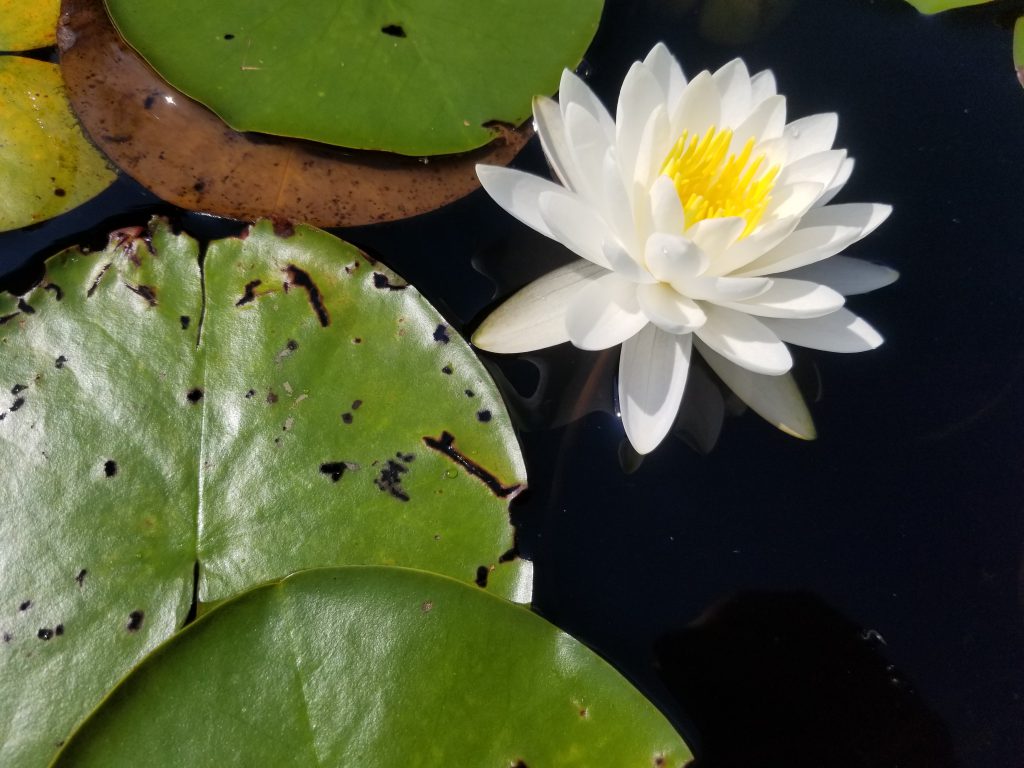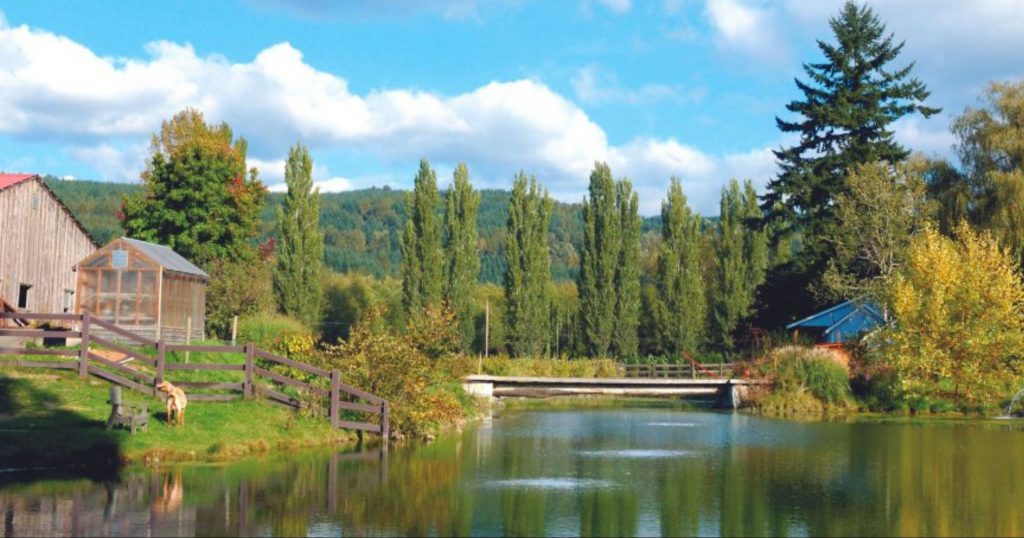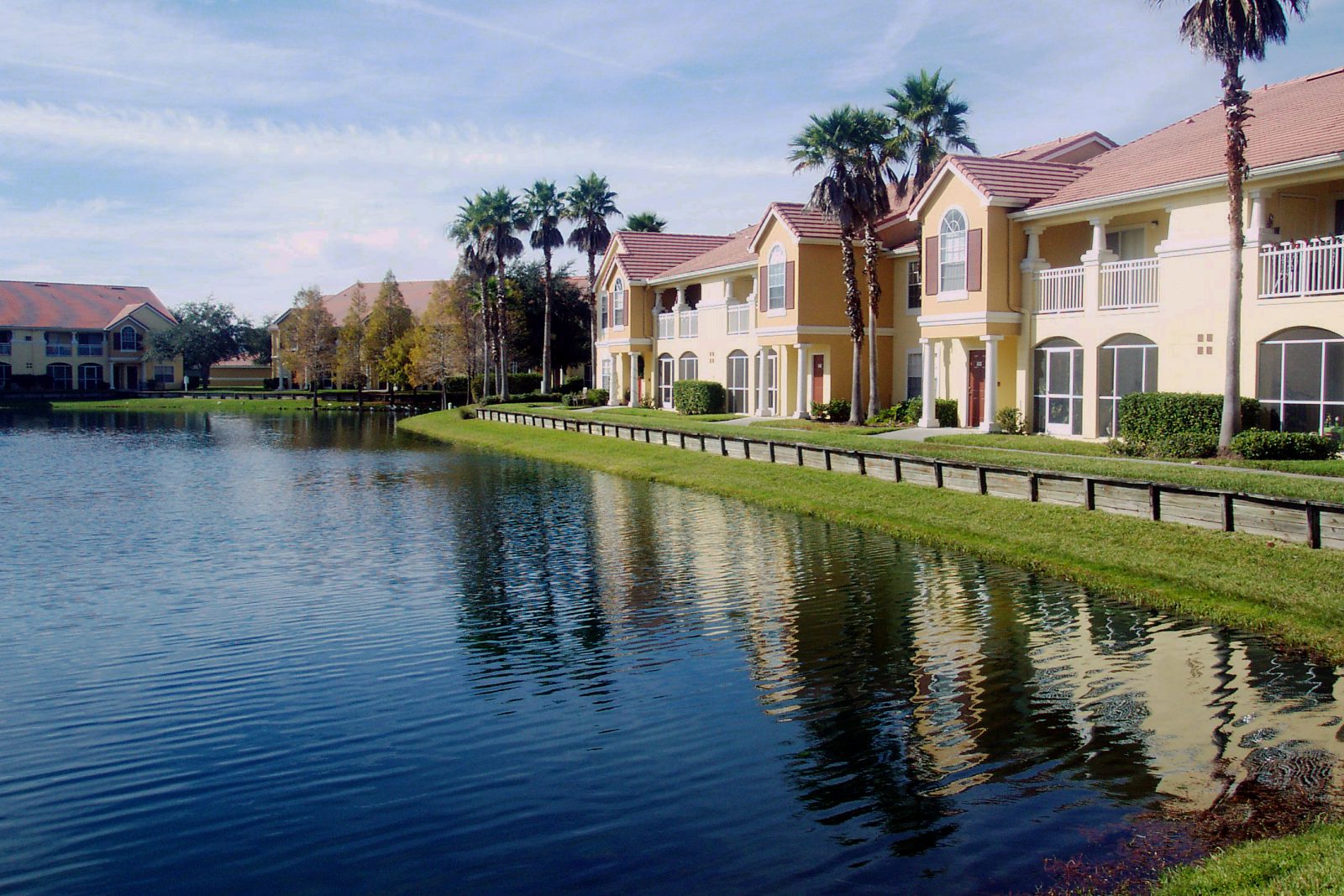
Climate Change and Your Lake: Is Your Water Being Impacted?
Rising sea levels, shrinking ice fields, powerful hurricanes, droughts, blizzards, flooding, and mudslides are all increasing in frequency and intensity due to climate change. Water, which makes up more than 70% of the planet, is at the center of these events. As a property owner or manager, you may wonder if climate change is affecting your lake too. Though the answer is complex, your lake can be impacted in many direct and indirect ways.
Many of the waterbodies in our communities are man-made to collect stormwater during rainstorms. But extreme weather events year after year are causing premature degradation of lake and pond shorelines. Severe, icy winters followed by habitually dry summers contribute to acute erosion and muck development. As organic matter accumulates over time, a waterbody experiences a loss of depth and volume, making it more susceptible to flooding during heavy rainfall. This can cause parts of the shoreline to collapse into the water and “shrink” waterfront properties.
Nuisance & Invasive Species On the Rise
As average summer temperatures rise, northern regions are also becoming increasingly more hospitable to nuisance and invasive species that were once confined to historically warmer regions. These include plant species such as hydrilla, watermilfoil, and water chestnut, as well as invasive animals like armored catfish, apple snails, and poisonous cane toads (bufo toads).
Conversely, populations of native wildlife that evolved to survive in more mild climates face growing challenges. Beneficial fish, native plants, and microorganisms that make up the foundation of the food chain are finding it harder to survive. Reduced biodiversity can make lakes and ponds more susceptible to imbalances that allow invasive species, as well as undesirable weeds and algae blooms, to thrive.
Increasing Toxic Algal Blooms
In particular, Harmful Algal Blooms (HABs), also referred to as blue-green algae or cyanobacteria, flourish in warm water rich in nutrients like phosphorus. The broad use of lawn and garden fertilizers, pesticides, and other chemicals in our communities is causing an influx of phosphorus and other undesirable nutrients in our water resources, leading to more frequent and long-lasting blooms. Furthermore, HABs can produce toxins that can be deadly to pets and wildlife, and may have a connection to the development of neurodegenerative diseases like Alzheimer’s, Parkinson’s and ALS (Lou Gehrig’s disease) in humans after prolonged exposure.
How You Can Protect Your Water
While our reliance on our water resources is increasing to support drinking water, agriculture, hydropower, manufacturing, and recreational demands, so is the environmental burden. Though singular efforts cannot reverse climate change, property owners and managers have a variety of sustainable tools at their disposal to protect their waterbodies from its negative effects:
Regularly Test Water Quality
Testing water quality regularly is important for maintaining its safety for uses such as irrigation and drinking water. By predicting potential problems, stakeholders can take proactive measures to avoid negative impacts, such as blooms and waterbody closures. Professionals evaluate many different parameters during each water quality test to gain a comprehensive understanding of your waterbody and its needs.
Eliminate Excess Nutrients
Several tools are available to address chronic nutrient problems in waterbodies, such as using phosphorus-locking products like Phoslock, Alum, or EutroSORB, which remove excess nutrients from the water. Another option is to use biological bacteria to break down nutrient-rich organic matter naturally. These methods can help improve water quality and reduce the likelihood of weed and algae growth.
Correctly Identify Nuisance and Invasive Species
Undesirable species are not always obvious to the eye. Many invasive plants, for example, are aesthetically pleasing. Others may closely resemble native species. However, without intervention, nuisance animals, weeds, and algae growth can quickly get out of hand. Regular monitoring by an expert trained in the identification of aquatic nuisances is the safest and most effective way to preserve the health and function of your waterbody.
Restore and Preserve Your Shoreline
Cultivating a beneficial vegetative buffer of native plants and grasses can help prevent the degradation of your shoreline and support a more resilient ecosystem. Waterbodies suffering from extreme shoreline erosion may benefit from a complete restoration using a bioengineering system called SOX Erosion Solutions. SOX is a patented knit material that is used to reshape and anchor sediment for many years of reliable stability.
Introduce Fountains and Pond Aerators
Well-oxygenated aquatic ecosystems are healthier and less susceptible to sudden imbalances that set the stage for future water quality problems. Floating fountains, surface aerators, and submersed aerators are excellent tools to enhance dissolved oxygen and circulate it throughout the water column.
Educate Your Community
Education is an essential step in protecting the freshwater resources in our communities. Even simple steps can help limit shoreline erosion, aquatic weeds, algae and HABs, invasive species, and other problems, directly and indirectly, stem from climate change. Preventative actions include reducing the use of fertilizers and pesticides, bagging yard debris, trash, and pet waste before they can enter nearby waterways, and being mindful of how invasive species spread.
Ultimately, we cannot sustain our communities without access to safe, balanced, and functional water resources. Staying ahead of the problems associated with climate change can be difficult, but partnering with experienced aquatic experts can help ensure your waterbody is protected – and that you’re doing your part to support a healthy environment that your great great grandchildren, and their grandchildren, can depend on.
SOLitude Lake Management is a nationwide environmental firm committed to providing sustainable solutions that improve water quality, enhance beauty and preserve natural resources.
SOLitude’s team of aquatic scientists specializes in the development and execution of customized lake, stormwater pond, wetland and fisheries management programs. Services include water quality testing and restoration, algae and aquatic weed control, installation and maintenance of fountains and aeration systems, shoreline erosion control, muck and sediment removal and invasive species management. SOLitude partners with homeowners associations, golf courses, private landowners, businesses and municipalities. SOLitude Lake Management is part of Rentokil, a leading business services company, operating across the United States, Canada and Puerto Rico.
For more information, visit SOLitude Lake Management at solitudelakemanagement.com, and connect on Facebook, LinkedIn and Twitter.








